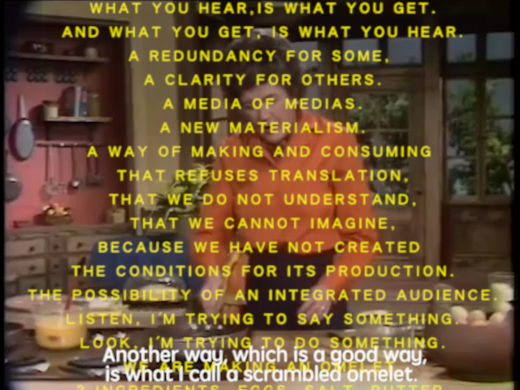László Beke (1944–2022): A Collective Obituary
László Beke, the Hungarian curator and art historian who from the late 1960s became one of the key catalysts of art networks and cross-border collaborations within and beyond Eastern Europe‚ died on January 31 of this year. He published articles, compiled publications, lectured, curated projects and exhibitions on various aspects of progressive art, including Conceptualism, photography, semiotics, Fluxus, Dada, and the post-contemporary (referring to the situation after the era of contemporary art), and, most importantly, pursued his utopian commitment to East European art. Between 1969 and 1986 he was a research fellow at the Research Institute for Art History of … Read more














